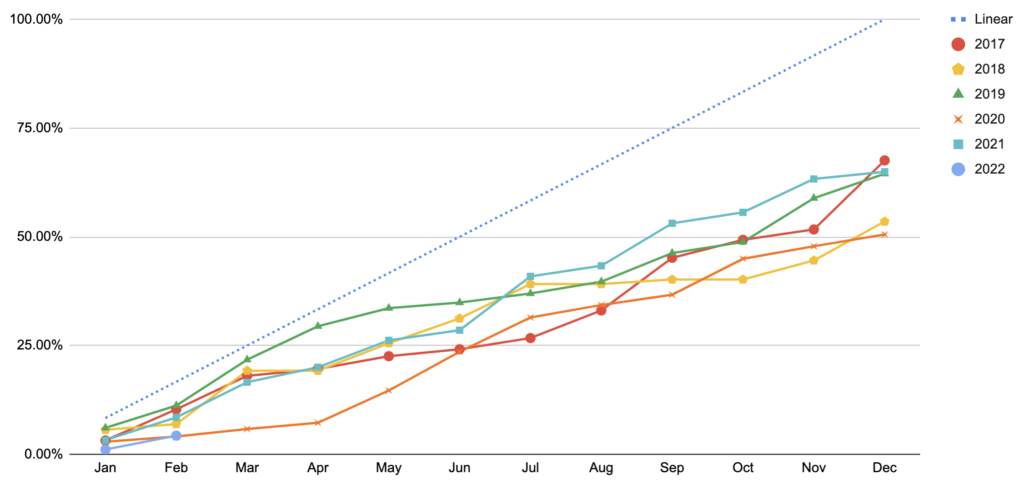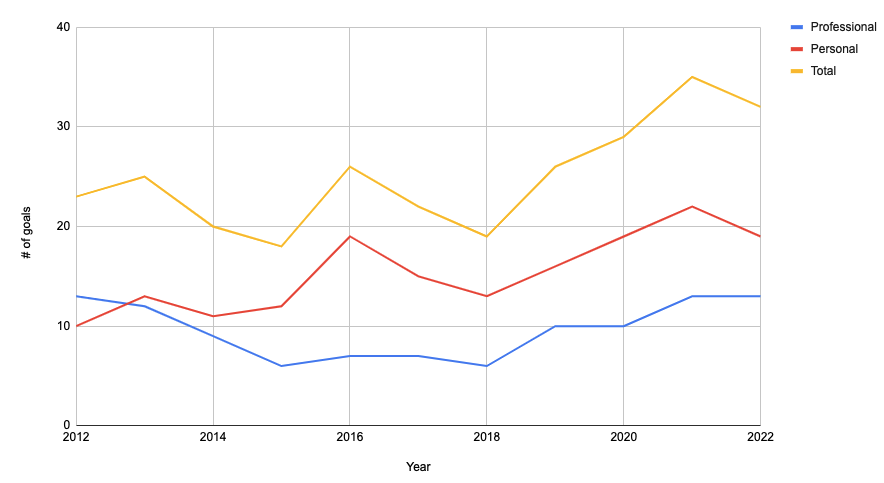
Feedback is a critical tool for people’s development and growth. It allows people to understand their shortfalls, see how their behaviors are perceived, and confirm if actions are producing the expected results. It is also a slippery slope where emotions can range from extreme excitement to desolation depending on how it is delivered and what its content includes.
In this article, I share a few tips from each perspective: giving and receiving feedback. In general, I like to follow the approach presented in the book No Rules Rules: Netflix and the Culture of Reinvention but here I incorporate a few personal touches after reflecting on the best and worst feedback interactions over 15+ years.
Providing feedback
#1: Do not expect anything back
Provide feedback for the sake of helping someone else. If you give feedback to promote yourself or expect to receive something in return, you should just stop it. That may backfire and damage your reputation when people realize that your intentions are not genuine, or frustrate you if you do not get anything back. You should think of feedback as a gift.
#2: Accept that your feedback is disposable
Understand that whoever receives your feedback has no obligation to respond, react, or implement it. That person can listen to it and politely decide not to take action. And guess what? That is totally acceptable. If you love your feedback so much that you would be disappointed if that is not adopted, refrain from giving it to start with.
#3: Stop it if it is not well-received
People react differently to feedback. Some people may get defensive and push back. If that happens, firstly check if you can improve how you provide the feedback. How you deliver a message is as important as its content. If the delivery seems appropriate, I recommend stop providing solicited or unsolicited feedback to those people. If they happen to ask for feedback again, clarify in advance what your expectations are and are not. For instance, make it clear that you are not attached to your feedback and that you do not expect anything back. Additionally, share which kind of reaction (like trying to justify themselves even before you finish your comments) does not encourage you to provide further feedback.
Receiving feedback
#1: Do not create a Frankenstein
Requesting feedback from multiple people can be a priceless way to approach things from different perspectives. Having said that, be cautious with which suggestions you will adopt. Whether you are asking for peers to review a doc or for insights into your long-term career plan, you are the one who best understands the whole picture of what you created or want to create. While pieces of feedback may be valuable in isolation, adopting all of them may lead to a Frankenstein artifact that loses its original goals or becomes hard to parse with a compromised flow. Politely declining a suggestion and sharing your rationale for that can lead to a better overall outcome while nurturing the relationship with those who invested their time to help you.
#2: Listen and hold the urge to react
Feedback can be hard to hear sometimes. It may sound unfair, it may feel wrong, it may seem misinterpreted, and it may also be true but just hard to swallow. Whatever it is, listen to it and let it soak in at least for a few seconds. If you feel the urge to respond, ask for a clarifying question or just repeat what you understood to buy you some time to process it, understand where that person is coming from, and respond to it in a more deliberate, less emotional way. Assume best intention until proven otherwise and try to see that as a learning opportunity.
#3: Recognize when you get valuable, actionable feedback
Useless, shallow feedback is straightforward and quick. Thoughtful, well-constructed feedback takes time. You should let people know when someone provides you with helpful insights. Recognize that on one-on-ones but also on broader forums. A public “Thank You” will reward it in a way that will reinforce that type of behavior. If you want people to provide valuable feedback, you should consider giving them a broad shoutout when that happens.




